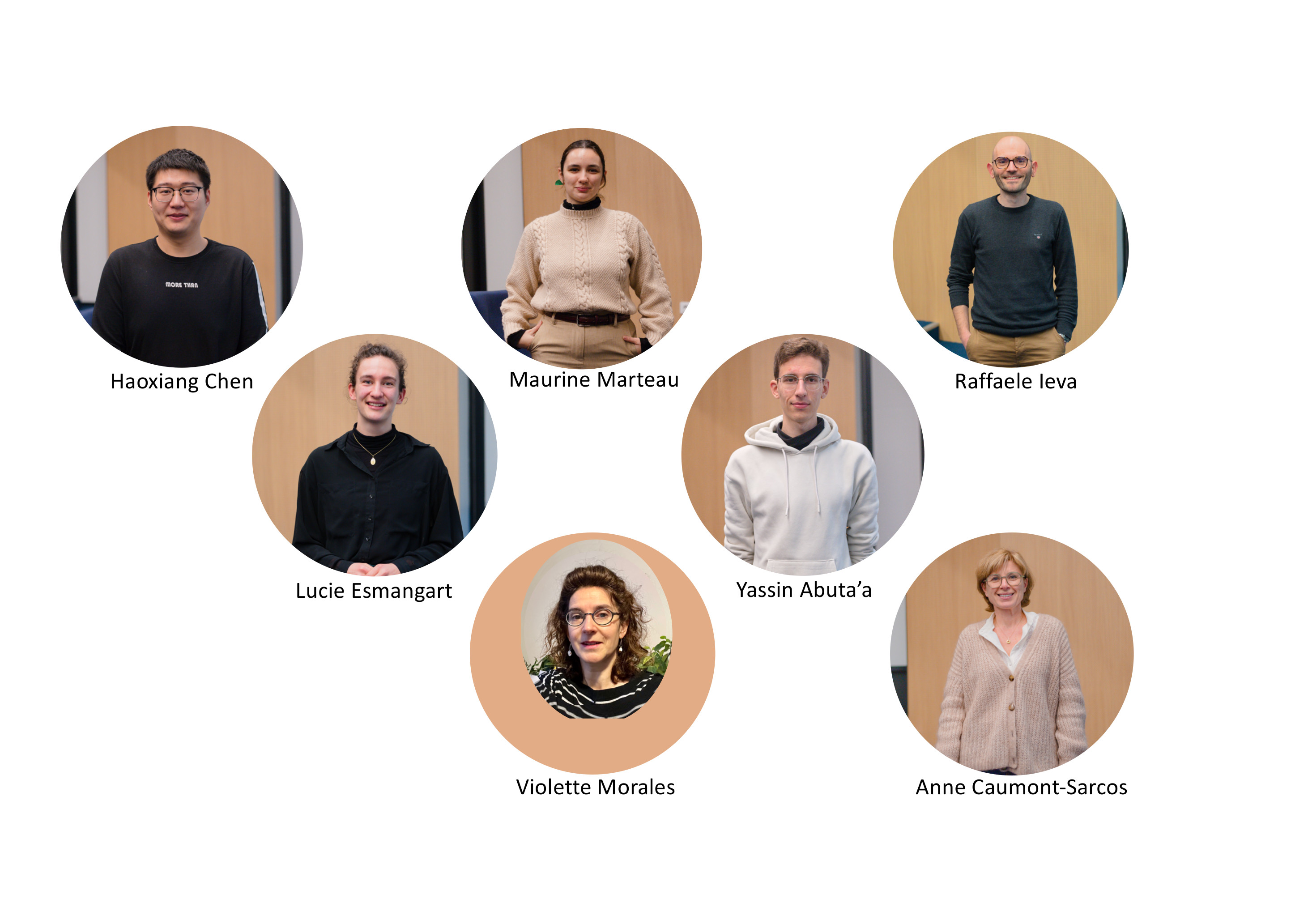Presentation

Our team studies how cells build their membranes, assembling and regulating a large number of molecular machines.
The membranes of a cell define the borders of its compartments and separate its interior from the external environment. Cell membranes also house molecular machines made of secretory proteins. These devices fulfill a vast variety of functions such as transport of nutrients, metabolites, proteins and nucleic acids, as well as energy conversion and signaling.
In our lab, we study:
1) How secretory proteins are correctly recognized and transported across or assembled into membranes;
2) How the cell ensures the coherent development of its compartments coordinating multiple biogenesis events in space and time;
3) How membrane biogenesis processes are regulated in response to signaling cues and environmental stresses.
To address these questions, we use two evolutionary related model systems focusing on the biogenesis of membranes surrounding Gram-negative bacteria and on the biogenesis of membranes surrounding mitochondria. Our ultimate objective is to decipher novel molecular pathways that can be exploited for the development of new therapeutics, for instance compounds to fight antimicrobial resistance (AMR) or modulators of mitochondrial functions.
Publications
- Yiying Yang, Haoxiang Chen, Robin A. Corey, Violette Morales, Yves Quentin, Carine Froment, Anne Caumont-Sarcos, Cécile Albenne, Odile Burlet-Schiltz, David Ranava, Phillip J. Stansfeld, Julien Marcoux, Raffaele Ieva.
LptM promotes oxidative maturation of the lipopolysaccharide translocon by substrate binding mimicry.
Nature Communications
2023 Oct - Ranava D, Yang Y, Orenday-Tapia L, Rousset F, Turlan C, Morales V, Cui L, Moulin C, Froment C, Munoz G, Rech J, Marcoux J, Caumont-Sarcos A, Albenne C, Bikard D, Ieva R.
Lipoprotein DolP supports proper folding of BamA in the bacterial outer membrane promoting fitness upon envelope stress.
Elife
2021 Apr PMID: 33847565 , doi: 10.7554/eLife.67817 - Anne Caumont-Sarcos, Cyril Moulin, Lucyle Poinot, Bernard Guiard, Martin van der Laan, Raffaele Ieva.
Transmembrane Coordination of Preprotein Recognition and Motor Coupling by the Mitochondrial Presequence Receptor Tim50
Cell Reports
2020 Mar Center for Integrative Biology - Moulin C, Caumont-Sarcos A, Ieva R..
Mitochondrial presequence import: Multiple regulatory knobs fine-tune mitochondrial biogenesis and homeostasis.
Biochim Biophys Acta Mol Cell Res.
2019 Feb - Ranava D, Caumont-Sarcos A, Albenne C, Ieva R. .
Bacterial machineries for the assembly of membrane-embedded β-barrel proteins.
FEMS Microbiol Lett.
2018 May
View all publications
Funding





Alumni
PostDoc
PhD students
- Luis Orenday (2018-2022)
- Yiying Yang, (2018-2021)
- Cyril Moulin, (2017-2021)
- Uma Turakhiya, (2013-2016)
Master Students
- Lucie Esmangart, Master-II (2024)
- Nour Hijazi, Master-II (2023)
- Thomas Lebailly, Master-I (2022)
- Doriane Desandre, Master-II (2022)
- Yassin Abu Taa, Master-II (2021)
- Jelena Grga, Master-II (2020)
- Helene Dieval, Master-I (2020)
- Cyril Moulin, Master-II (2017)
- Adrien Delpal, Master-I (2017)
- Mame Ndiaye, Master-I (2017)
- Lucyle Poinot, Master-I (2016) and Master-II (2017)
- Luis Orenday, Master-I (2016) and Master-II (2018)
- Apolline Jabveneau, Master-II (2016)






